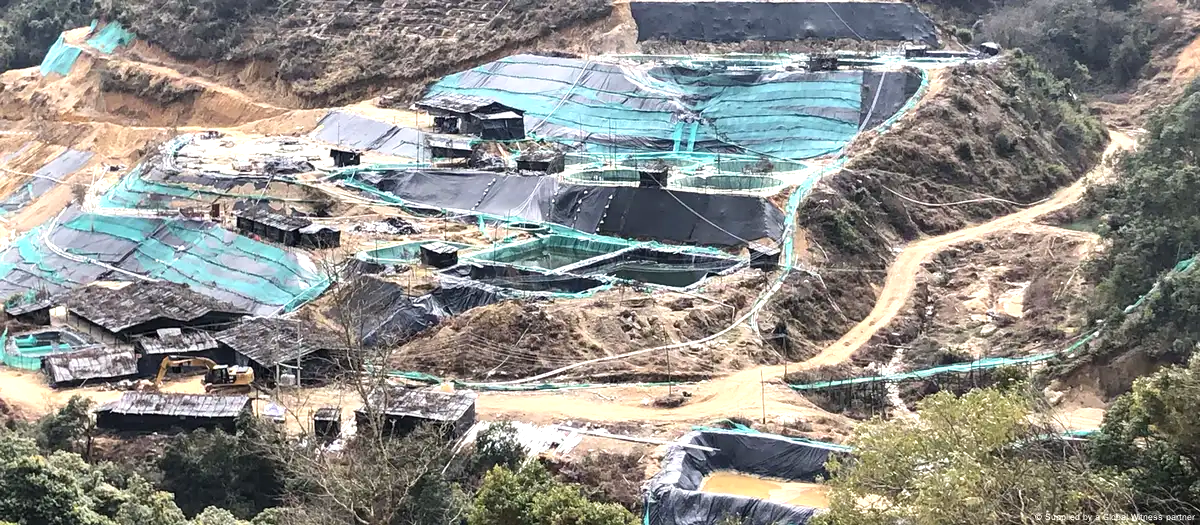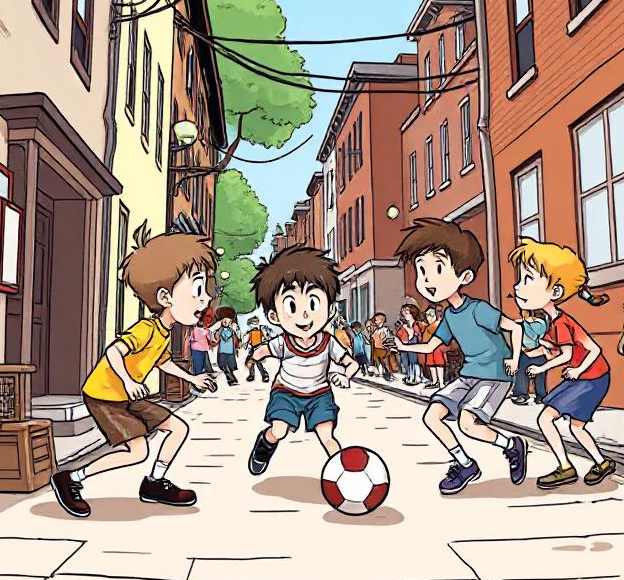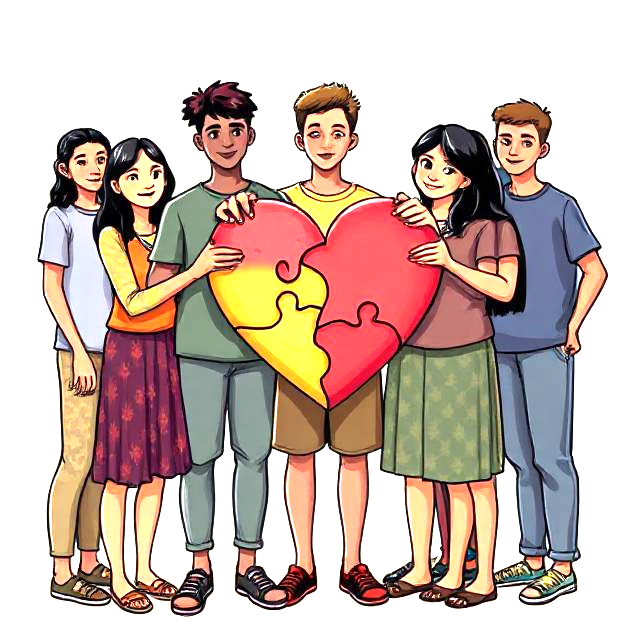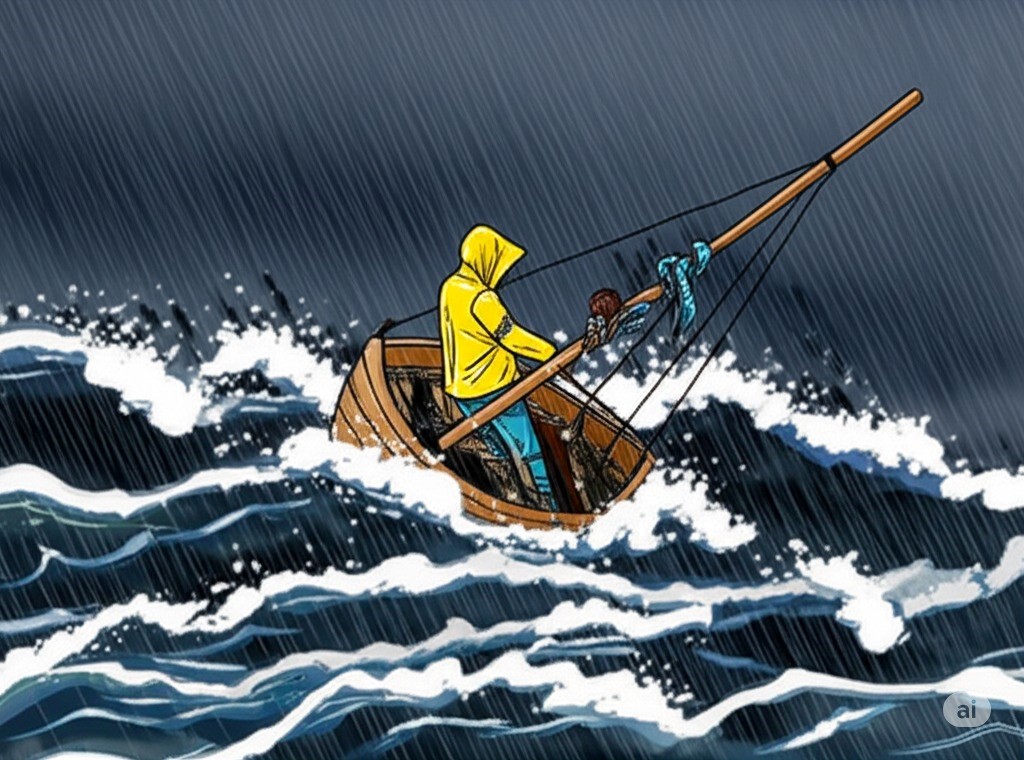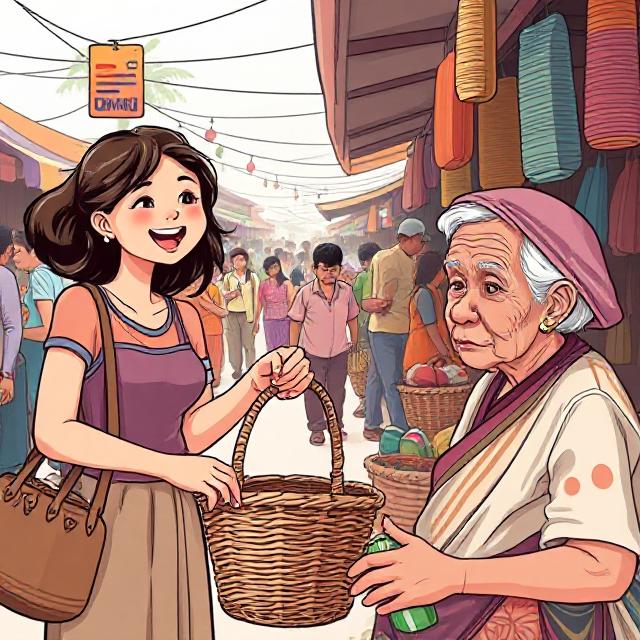I Say What I See: The Forgotten Glory of the W (Double U) Football Match
Posted_Date
Image
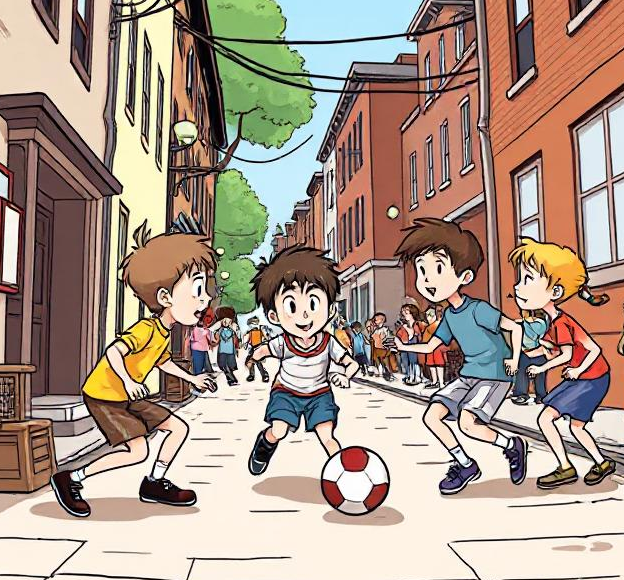
Body
In the Yangon of the 1960s and 70s, where one-storey homes lined quiet streets and private cars were a rare luxury, a unique sporting tradition thrived in the heart of our communities. It wasn’t played in stadiums or watched on television. It lived in the lanes of Kyaukmyaung Ward, Tamwe Township, and was known simply and fondly as the W (Double U) football match.
We didn’t know what the “W” stood for—it might have come from a brand or marking on the ball itself. What mattered more was what it meant to us: a small-sized football game, fast-paced and fiercely loved. The W ball was smaller than a regular one, perfect for the 20-foot-wide streets that served as our playgrounds. With no cars, no shops, and few passersby, those streets became our open fields. Dagon Thiri Street, Thadipahtan Street, Myothit 1 Street, and Kyakwetthit Street were the heartlands of this joyful tradition.
Our matches had simple but unique rules. Teams were made up of three or four players, and the most important condition: you had to be under four feet nine inches tall to play. This rule ensured that the game belonged to children, mostly 13- and 14-year-olds like I was then. The taller boys, even the talented ones, had to sit out. We guarded that boundary proudly. It was a game of and/or for our age.
At the time, I was attending Basic Education State High School 5, Tamwe (BEHS 5), just a short walk from our home on Dagon Thiri Street. Most of my teammates were also my classmates. We studied together, played together, and grew up together. After passing the eighth standard, I moved to Basic Education State High School 2, Tamwe (BEHS 2), which was even closer to our house.
Outside the official community tournaments, we played W football almost every day, especially during the Rainy Season, one of the three seasons in Myanmar, along with Summer (the Hot Season) and the Cold Season. The Rainy Season was our favourite. Slippery streets, flying mud, wet hair, and laughter; it was pure joy. And when the matches were over, we went home drenched and smiling, sometimes limping, but always fulfilled.
The goals for official tournaments were carefully built by organizers, using wood frames and cotton nets, and later, iron frames replaced the wood. On regular days, we made our own: using bricks, schoolbags, slippers, or whatever was around. The creativity was part of the fun. We didn’t need standard gear – we just needed space, a W ball, and each other.
These weren’t just neighbourhood kickabouts. Community tournaments were held regularly, with shields and trophies for the winners. Kids from other townships came to play. I still remember the thrill of competing, the cheers of neighbours, and the pride of representing your street or groups of friends. My friends and I – our team – won first prize two or three times. Those trophies weren’t just metal and wood. They were symbols of belonging, friendship, and youthful triumph.
Kyaukmyaung back then was different. Most houses were one-storey, with just a few two-storey homes scattered about. Families who owned private cars usually kept them in godowns or garages inside their compounds. My grandparents lived in a two-storey house – part woodpile, part concrete – on Kyaukmyaung Street, just steps from our home on Dagon Thiri Street. They owned a Holden car, a European model, I believe. On Sundays, we would drive around Yangon with them – a memory I still cherish. They passed away when I was still young, sometime during the late 1960s or 70s. That house is now gone, but I live in the apartment building that stands in its place – a living link to the past.
Today’s Kyaukmyaung looks very different. The humble one-storey homes have mostly disappeared, replaced by apartment buildings constructed by private developers. The open lanes are narrower, busier and more crowded. The streets where we once dived for the ball or sprinted in bare feet are no longer free of cars or noise. The W ball is nowhere to be found in shops. The game has vanished – quietly, without fanfare – just like the old brick goalposts and wooden shields.
But to those of us who played it, the W football match remains alive in memory. It was our game, our community’s invention, shaped by the spaces we had and the dreams we held. We learned how to work as a team, how to lose with grace and win with modest pride. We didn’t need coaches or uniforms – just friendships, laughter, and a ball.
Today, our sons, daughters, and grandchildren grow up in a very different world – one filled with digital games, smartphones, tablets, and online competitions. They build teams on screens, play matches in virtual stadiums, and win battles without stepping outside. While technology brings new forms of entertainment, I sometimes wonder what they might be missing: the thrill of kicking a ball under the rain, the warmth of shared laughter on sun-soaked streets, and the unspoken bond formed when you pass, run, and score together – on real ground, with real friends.
Some games are never televised, never rcorded, and never return. But the best ones don’t need to. They live on, wherever we remember them.
GNLM

